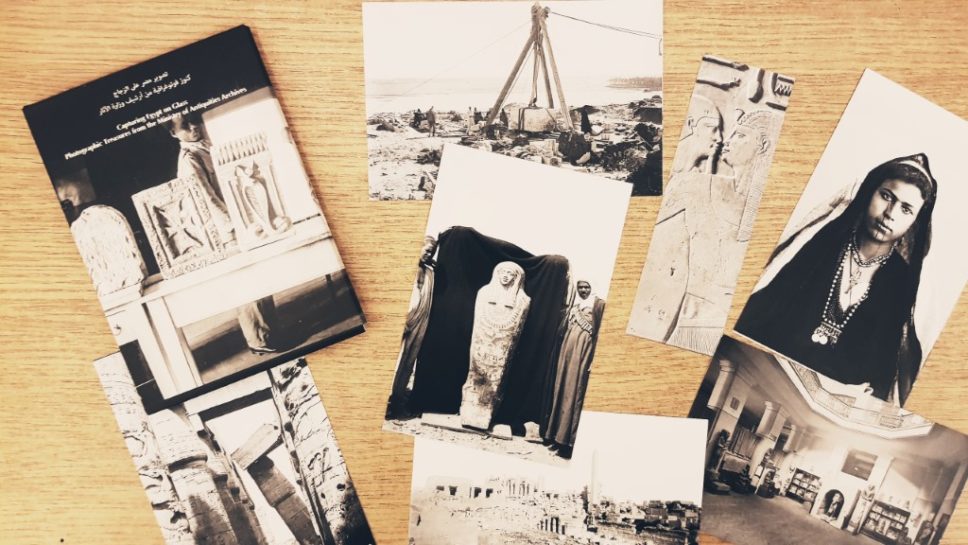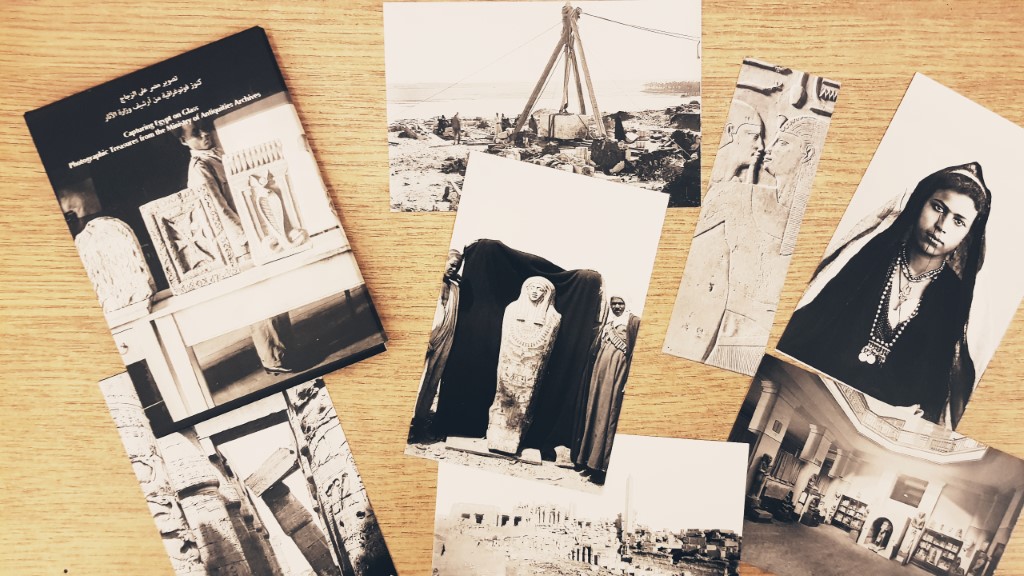Dr Hisham el-Leithy serves as an Undersecretary of State for Documentation in the Ministry of Antiquities of Egypt. His lecture at the University of Warsaw concerned the activities of his institution: „The activities of the Documentation Centre. The past, the present, and the future”. He also answered some questions regarding the Documentation Centre’s work in a short interview.
What is the story behind the foundation of the Documentation Centre?
The Documentation Centre was founded in 1956 after the government decided to build a new dam on the Nile. It was clear that the rising waters of the dam lake would cause the flooding of many monuments, so the Centre’s initial task was to document them. That’s how the Centre began work on documenting temples south of Aswan. At first, there was no plan to move the temples, but after the first season of documentation, the Minister of Culture took the decision to work with UNESCO in order to salvage those monuments. So the great challenge was to document and then to move 17 temples to safety.
The Nubian salvage campaign was an enormous success – what were the Centre’s next tasks?
After this effort, Documentation Centre moved to document all the monuments of Egypt, starting with the west bank of Luxor. To document the temples and tombs there was also a big and long-lasting task. A permanent office and rest-house for the Centre’s staff was organized on barges moored on the banks of the Nile in Luxor. But the main offices have always been located in Cairo, nowadays in the Zamalek district. Then, in 2005 a whole new era began with the introduction of digital cameras for the documentation work of the Centre.
Digital photography must have made a great difference…
Yes, it was possible to work in many places at the same time, such as Minia, Assyut, Alexandria and many, many others. Earlier, in Luxor, photographs taken during a day’s work were developed on the boat-office each evening to check, if they were OK – and if not, the same work needed to be repeated the following day. Now it takes just seconds. This allows us to work at many more sites, with great support from the Ministry, allowing us to get the equipment that we need.
Your documentation must be growing fast.
Yes, we have lots of pictures, but not just the newly obtained ones, but also those from our archives. As you can imagine, from the foundation of the Center until now we have collected many thousands of pictures. But we are also lucky to have scores of glass negatives that are over a century old.
How do you manage the sorting and storing of all the data?
The old collections of paper and glass photographs, as well as old paper files are scanned and registered in a database. It assigns a unique number for each monument and each individual picture. So now, in one place, we can have the story behind each photograph, and ultimately, behind each monument, each temple or tomb. And it can be accessed with one click.
What is the purpose of this vast archive?
I believe, that knowledge has to be available for everybody, this is my idea as the Centre’s director since 2015. So the next step, which the Ministry sees as the next era for Egyptian antiquities, is the publishing of the data on the internet, on special websites. We are working very hard on this.


